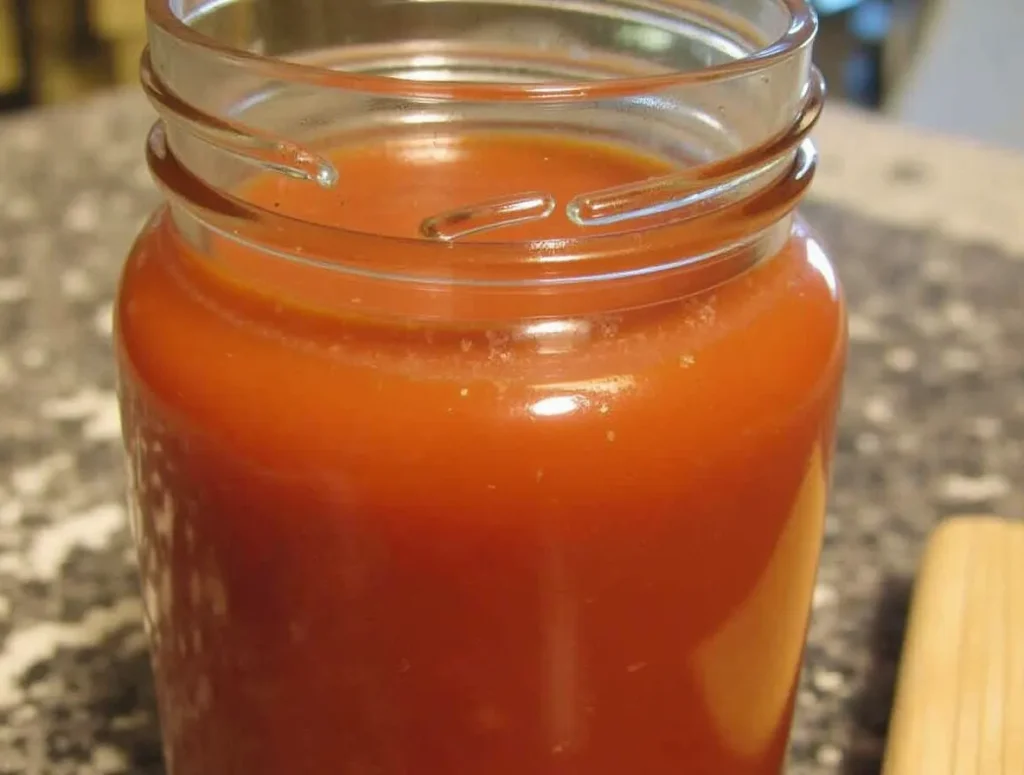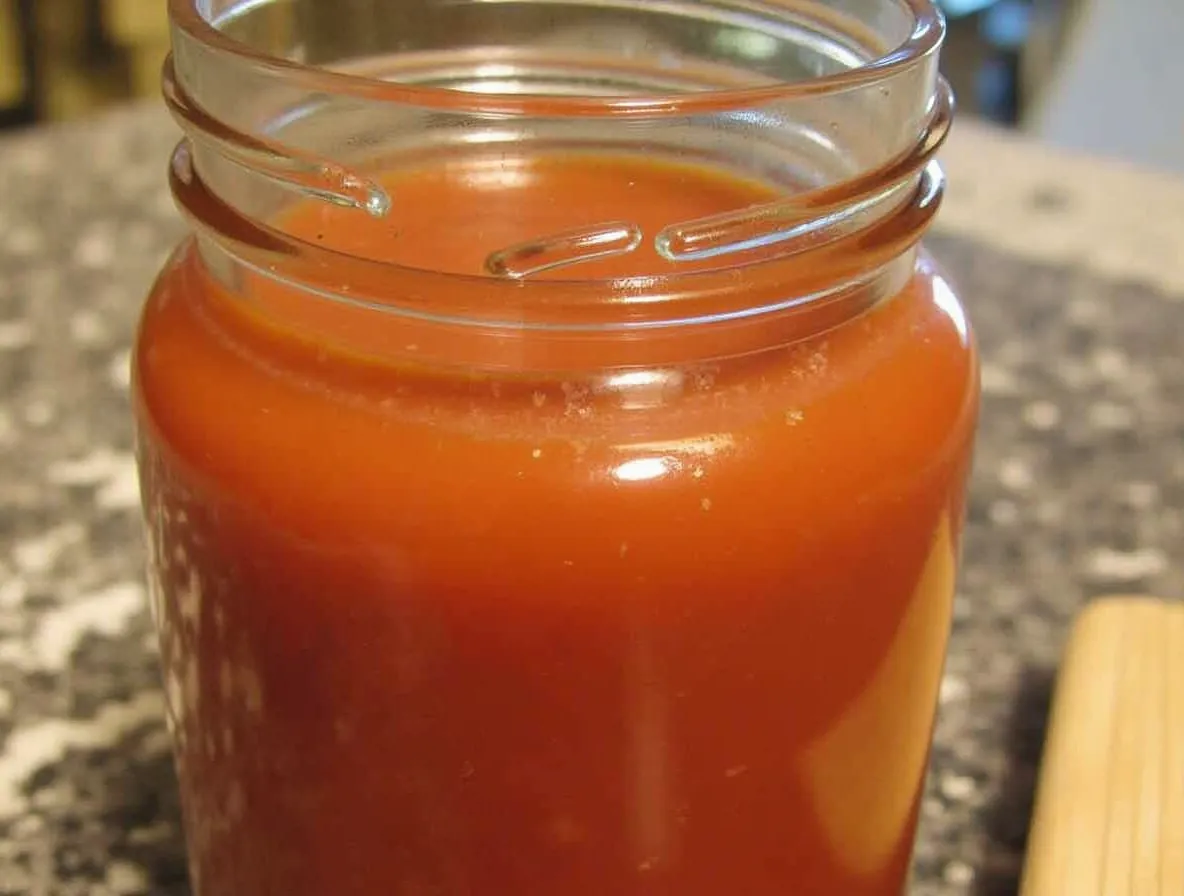Easy fermented hot sauce recipe in 5 steps
Ever tasted a hot sauce so good it made you question everything you knew about condiments? I’m not talking about those vinegary, store-bought bottles that set your mouth on fire and leave you gasping. I’m talking about something deeper. Something funkier. Something crafted with care—like a fermented hot sauce recipe that brings serious flavor, not just heat.
If you’ve been curious about making your own fermented hot sauce recipe at home, you’re in the right place. This isn’t just any DIY fermented hot sauce tutorial—this is the real-deal, flavor-packed, probiotics-rich guide that’ll change how you think about heat. Whether you’re a hot sauce enthusiast, a fermentation newbie, or someone looking to level up your homemade condiments game, you’re going to love what we’re cooking up today.
Why This Recipe is Perfect for Home Cooks and Flavor Fanatics
Let’s face it: the U.S. hot sauce scene is booming. From ghost pepper challenges to artisanal chili blends, we love our spice. But most commercial sauces rely heavily on vinegar and preservatives, missing out on the rich complexity that fermentation brings to the table.
This fermented chili sauce is:
- Packed with flavor thanks to natural lacto-fermentation
- Loaded with gut-friendly probiotics
- Customizable to your heat tolerance
- A creative and fun kitchen project
Sound good? Let’s dive in.
Ingredients
Essential Ingredients for Fermented Hot Sauce Recipe
Here’s your base list. Everything here can be adjusted based on your taste and pepper availability.
| Ingredient | Amount | Notes |
|---|---|---|
| Fresh hot peppers | 1 pound | Jalapeño, habanero, Fresno, cayenne, or a blend |
| Garlic cloves | 4–6 cloves | Boosts flavor and fermentation |
| Non-iodized salt | 2 tablespoons | Use sea salt or kosher salt |
| Filtered water | 2 cups | Chlorine-free for proper fermentation |
| Carrots or onion | 1 medium | Adds sweetness and depth |
| Optional: fruit | ½ cup | Try pineapple, mango, or apple for sweetness |
| Optional: spices | To taste | Mustard seed, cumin, coriander, black pepper |
Substitutes for Key Ingredients
- Hot Peppers: No habaneros? Use serrano, jalapeño, or even a bell pepper blend for mild versions.
- Garlic: Try shallots or leeks for a gentler aroma.
- Carrots: Sweet potatoes or butternut squash work surprisingly well.
- Fruit: Peach, papaya, or even berries add amazing twists.
Equipment Needed
Essential Tools for Making Fermented Hot Sauce
You don’t need a lab—just a few kitchen staples.
- Fermentation jar or Mason jar with lid
- Fermentation weight or small jar to weigh down solids
- Blender or food processor
- Cutting board
- Chef’s knife
- Gloves (for hot peppers—trust me on this)
Optional Equipment for Enhanced Results
- pH meter or pH strips (to test acidity)
- Airlock lids for fermentation jars
- Funnel for transferring sauce
- Glass bottles for storage
What to Look for in Fermentation Equipment
- Glass over plastic: Glass doesn’t react with acidic ingredients.
- Wide-mouth jars: Easier to pack ingredients and clean after.
- Good seals: Prevents contamination while allowing gases to escape if using airlocks.
Step-by-Step Instructions

Step One: Prep Your Ingredients
Wash everything well. Peel garlic, chop your peppers (wear gloves), and dice your carrots or fruit. Keep things bite-sized so they ferment evenly.
Step Two: Make the Salt Brine
Dissolve 2 tablespoons of salt in 2 cups of filtered water. That’s your lacto-fermentation solution—simple, clean, and essential.
Step Three: Pack the Jar
Add all your ingredients into the jar. Pack them tightly, leaving about 1 inch of headspace at the top. Pour the brine over until everything is submerged.
Use a fermentation weight or another small jar to keep solids under the brine. This prevents mold.
Step Four: Ferment
Cover the jar with a lid (airlock if possible). Place it in a cool, dark spot like your pantry or kitchen counter.
Let it ferment at room temperature for 5 to 10 days. Check daily for bubbles, smells, and that amazing tang.
Step Five: Blend and Bottle
Once it smells tangy and alive, remove the solids, toss them in a blender with enough of the brine to reach your desired consistency. Blend until smooth.
Strain if you prefer a thinner sauce, then pour into clean bottles.
Tips and Tricks for Success
Time of Fermentation
- 5 days: Bright, fresh, and slightly funky.
- 7-10 days: Complex, tangy, and deeply flavored.
Want a stronger funk? Let it go longer, up to 3 weeks.
How to Make Your Fermented Sauce Even Better
- Add a splash of apple cider vinegar after blending for brightness.
- Throw in roasted garlic for extra umami.
- Want smoky heat? Use smoked paprika or chipotle peppers.
Common Mistakes to Avoid
- Using chlorinated water—it kills good bacteria.
- Letting peppers float above brine—hello, mold.
- Forgetting gloves—pepper hands are real.
Time-Saving Tips
- Use a food processor to prep large batches.
- Freeze portions in ice cube trays if you don’t want to bottle all at once.
Variations and Substitutes
Fermented Hot Sauce for Different Diets
- Vegan: This recipe is naturally vegan!
- Low Sodium: Reduce the salt slightly (not below 1.5% salinity for safe fermentation).
- Keto: Use low-sugar fruits like raspberries or leave them out altogether.
Creative Twists to Try
- Add turmeric and ginger for a golden immune-boosting sauce.
- Mix in miso paste for umami-rich chili miso hot sauce.
- Try a green version with tomatillos, jalapeños, and cilantro.
How to Serve Fermented Hot Sauce Recipe
Best Side Dishes to Pair With It
- Scrambled eggs or breakfast burritos
- Tacos, obviously
- Roasted vegetables
- Fried chicken or wings
- Grilled fish or tofu
Serving Suggestions for Occasions
- Game Day: Wing sauce with kick
- BBQ Night: Slather on ribs or mix into coleslaw
- Holiday Gifting: Bottle it up and add a handmade label—people will ask for more
Nutritional Information
Calories per Serving
- Roughly 5–10 calories per tablespoon
Key Nutrients
- Capsaicin: Anti-inflammatory and metabolism-boosting
- Vitamin C: Especially from fresh chilies and fruit
- Probiotics: Thanks to lacto-fermentation
How to Make It Healthier
- Skip sweet fruits or add vinegar instead for brightness
- Use mild peppers if you’re sensitive to spice but still want the probiotic benefits
- Control sodium by measuring salt precisely
Conclusion
Why You’ll Love This Fermented Hot Sauce Recipe
Look, you don’t have to be a chef or fermentation geek to make a killer hot sauce at home. This recipe is flexible, flavorful, and kind of addictive to make. Every batch is different. Every jar tells a little story of what you had on hand, how long you let it sit, and what you paired it with.
And the best part? You made it. From scratch. With living, breathing cultures that turn fire into flavor.
So, whether you’re spicing up tacos, jazzing up your scrambled eggs, or simply impressing your foodie friends, this fermented pepper sauce is going to be your new kitchen MVP.
Now it’s your turn.
💬 Tell us in the comments how your batch turned out. What peppers did you use? Did you go fruity or fiery?
🔁 Share this recipe with your fellow hot sauce lovers—because good heat deserves to be shared.
📱 Follow us on Instagram and Pinterest for more wild, flavorful fermentations and kitchen magic.
FAQs
What kind of peppers are best for fermented hot sauce?
You can use jalapeños, habaneros, serranos, cayenne, Fresno, or even Carolina Reapers if you’re brave. The best flavor often comes from blending different varieties.
How long does fermented hot sauce last?
Stored in the fridge in clean bottles, your sauce can last 6–12 months. The flavor may evolve, becoming tangier and more complex over time.
Is fermented hot sauce good for you?
Yes! It’s loaded with probiotics, vitamins (especially vitamin C), and natural compounds like capsaicin that support metabolism and digestion.
Can I ferment hot sauce without special equipment?
Absolutely. A clean Mason jar, filtered water, and some patience are all you need. Optional gear like airlocks or pH strips can make things easier, but they’re not required.
What should I do if my sauce smells bad during fermentation?
A tangy, sour smell is normal. If it smells rotten or looks moldy (fuzzy, white, or black spots above the brine), toss it. Always keep solids fully submerged to prevent spoilage.

